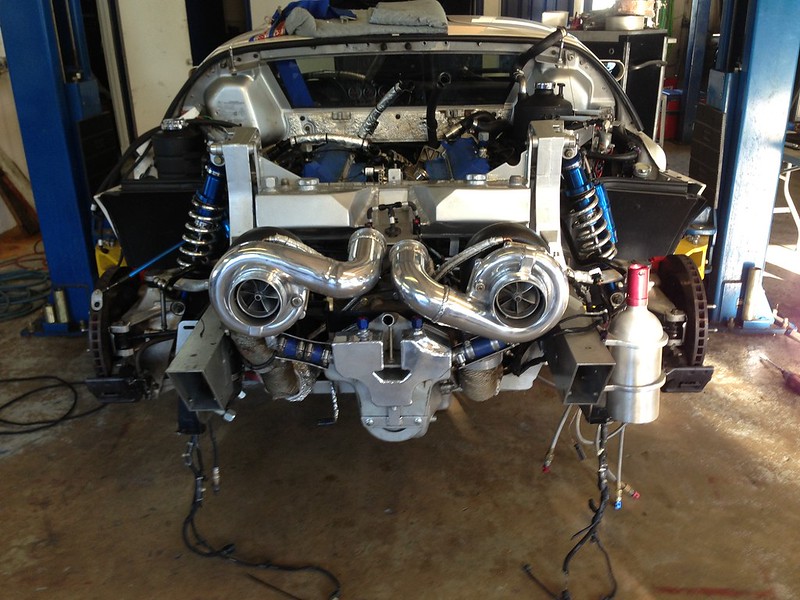Re: Allison engines vs Merlins for racing
Again, I'm not naysaying everything you're saying. But I don't think its as simple as "throw a turbo on it." And I do not unquestioningly believe that turbocharging is a better path than supercharging for warbirds as air racers. Re-read what Sparrow was talking about earlier in this thread: fixed gear ratios and the limited number of available "stock" ratios. That includes the gearing ratios between the crank and the blower, as well as between the crank and the propeller. An argument could easily be made that engines have won (repeatedly) with less-than-ideal ratios. Customize those, tweak the prop, and optimize all of that to the airframe, and I personally think there are still gains to be made, and internal engine stresses that can be lowered in the process... and still fit in the exact same envelope as a Merlin in a Mustang.
The turbocharging you're talking about is best suited (just IMO, again) to another clean-slate racer ala Tsunami or Pond. If for no other reason than simple packaging, particularly in a Mustang or Bearcat. And who knows, you may well be right that such a hypothetical combination can ultimately beat the Merlin/Mustang or radial/Sea Fury and radial/Bearcat combinations that have been winning this thing for 50 years.
Originally posted by IcePaq
View Post
The turbocharging you're talking about is best suited (just IMO, again) to another clean-slate racer ala Tsunami or Pond. If for no other reason than simple packaging, particularly in a Mustang or Bearcat. And who knows, you may well be right that such a hypothetical combination can ultimately beat the Merlin/Mustang or radial/Sea Fury and radial/Bearcat combinations that have been winning this thing for 50 years.



Comment